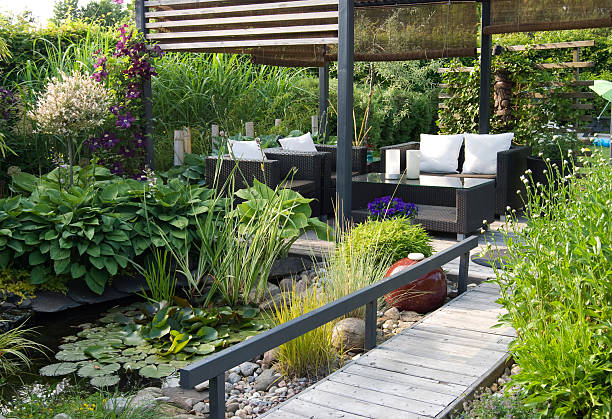The Hanging Gardens of Babylon are among the most captivating mysteries of the ancient world. Often listed as one of the Seven Wonders, they were described as a lush, terraced paradise filled with exotic plants and advanced irrigation systems. But despite their fame, their exact location and existence remain uncertain.
What Were the Hanging Gardens of Babylon?
According to ancient texts, these gardens were built in Babylon (modern-day Iraq) by King Nebuchadnezzar II, around 600 BCE. He reportedly constructed them to please his wife, Queen Amytis, who missed the green hills of her homeland.
The gardens were said to feature multiple tiers, each densely planted with trees, shrubs, and flowers that hung over stone terraces — hence the term “hanging.”
Advanced Design and Irrigation Systems
The structure supposedly used massive stone pillars, vaulted terraces, and a mechanical irrigation system to lift water from the Euphrates River to the highest levels. Some historians suggest the use of Archimedean screws, a technology far ahead of its time.
This makes the Hanging Gardens of Babylon one of the earliest examples of green infrastructure and vertical gardening.
Were the Hanging Gardens Really in Babylon?
Modern archaeologists have not uncovered clear evidence in Babylon. Some researchers, like Dr. Stephanie Dalley, believe the gardens were actually in Nineveh (Assyria), created by King Sennacherib.
Regardless of their true location, descriptions by Strabo, Diodorus, and Philo of Byzantium helped solidify the gardens as a legendary feat of landscape design.
What Plants Grew in the Hanging Gardens?
Ancient texts mention lush greenery, suggesting a mix of:
- Date palms
- Fig trees
- Myrtles and cypresses
- Flowering vines and aromatic herbs
These choices align with both Mesopotamian climate and design symbolism — shade, scent, and status.
The Legacy of the Hanging Gardens
The influence of the Hanging Gardens of Babylon is visible in:
- Persian paradise gardens
- Islamic courtyard gardens
- Renaissance terraces and botanical planning
- Modern vertical gardens and green roofs
Even today, landscape architects refer to its design principles when combining nature with architecture.
- Vertical Gardens in Modern Landscaping
- History of Ancient Garden Design
- How Irrigation Changed Garden Architecture
FAQ – Hanging Gardens of Babylon
Did the Hanging Gardens of Babylon really exist?
Possibly. While there’s no physical proof in Babylon, strong historical descriptions suggest they were real—perhaps in Nineveh.
Why are they called “hanging” gardens?
Because the plants appeared to “hang” over stone terraces, creating a lush, suspended effect.
What made the gardens special?
Their blend of architecture, engineering, and exotic greenery was unmatched in the ancient world.
Conclusion: A Living Legend of Garden History
The Hanging Gardens of Babylon remain a powerful symbol of the human desire to merge architecture and nature. Whether myth or reality, they continue to influence modern landscaping, vertical gardens, and sustainable design across the globe.

